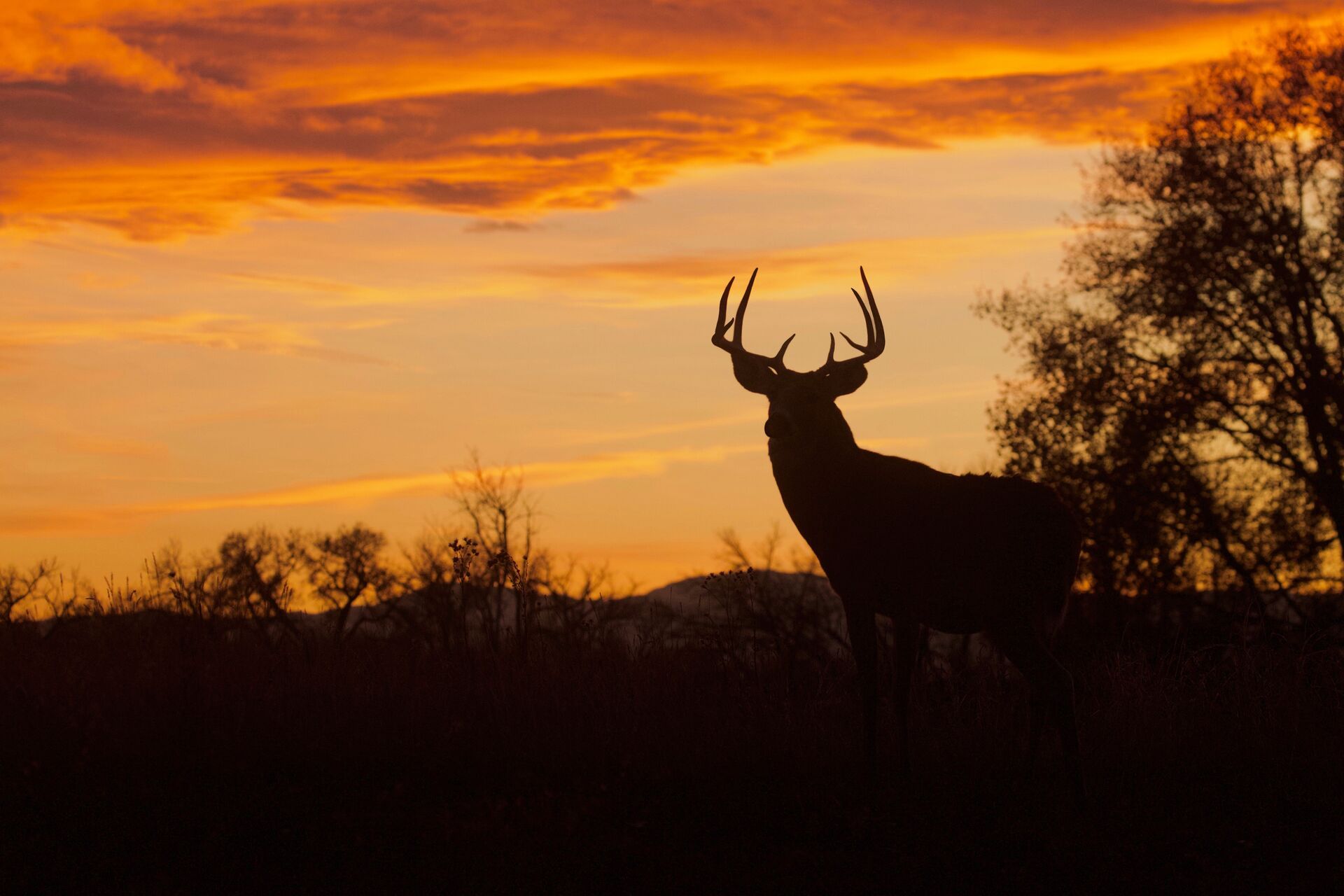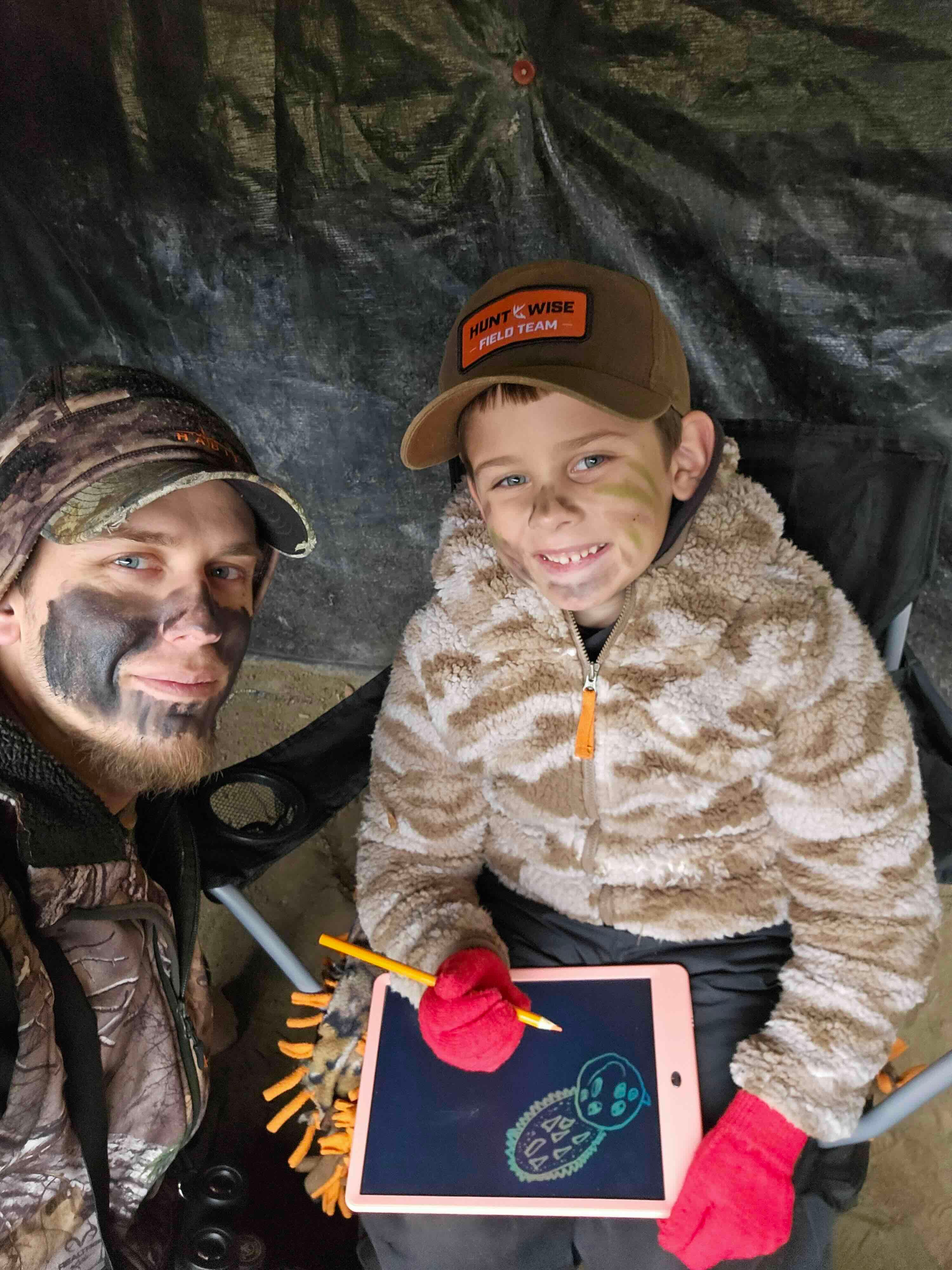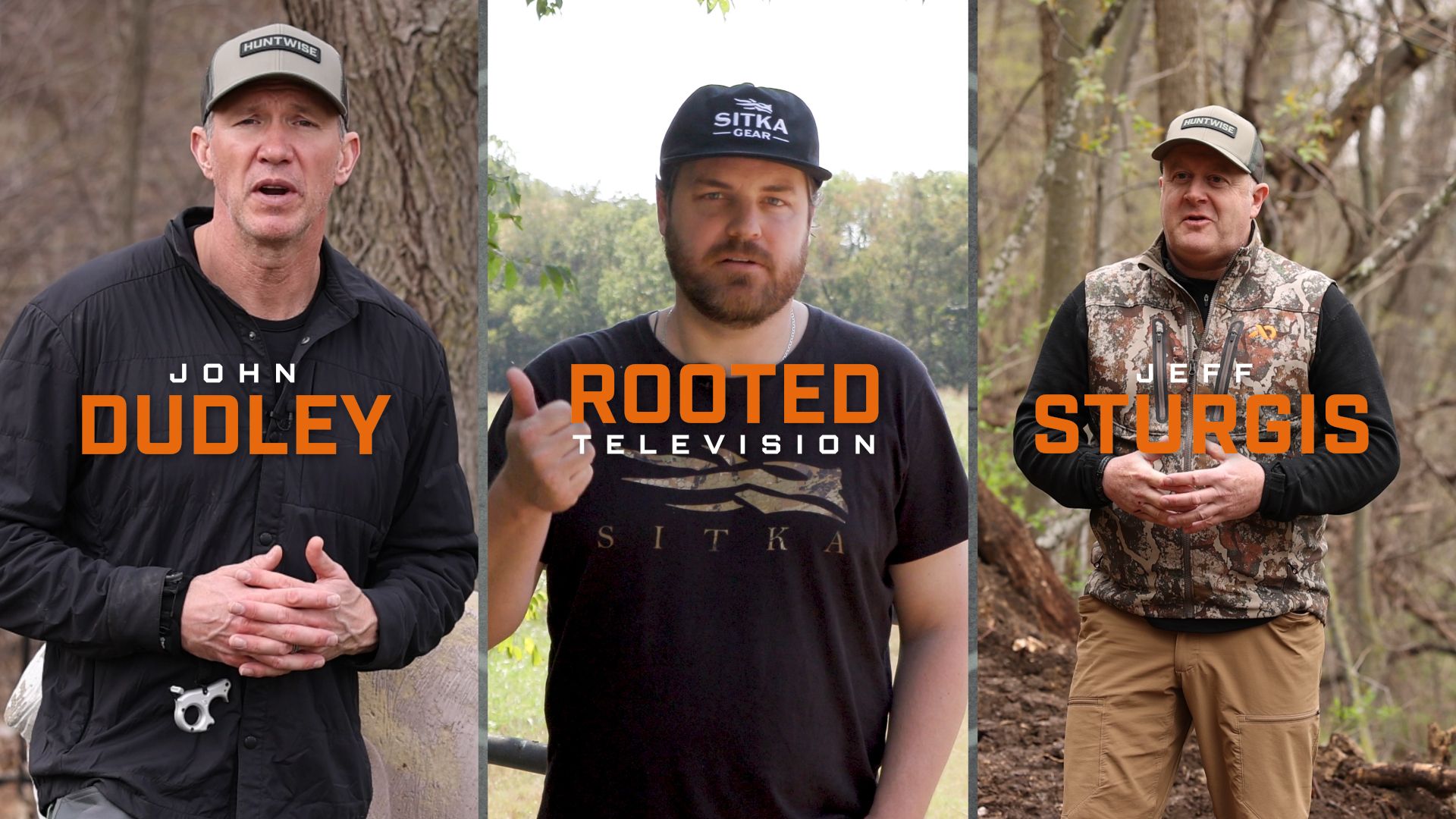Every buck, young or old, will grunt, so a hunter won't always necessarily know if it is a big mature buck or a young buck just by hearing it right away. However, it is still a sound that will get a hunter fired up every time he or she hears it!
There are several different types of grunts that bucks will make or use, and there are very subtle differences between them. So, if you can train your ears to make out these differences, they can help you identify what type of mood a buck is in or even a better judgment of its age structure.
So, to add to your arsenal of deer call knowledge, let's dig into the grunt call and what it means when hunting.
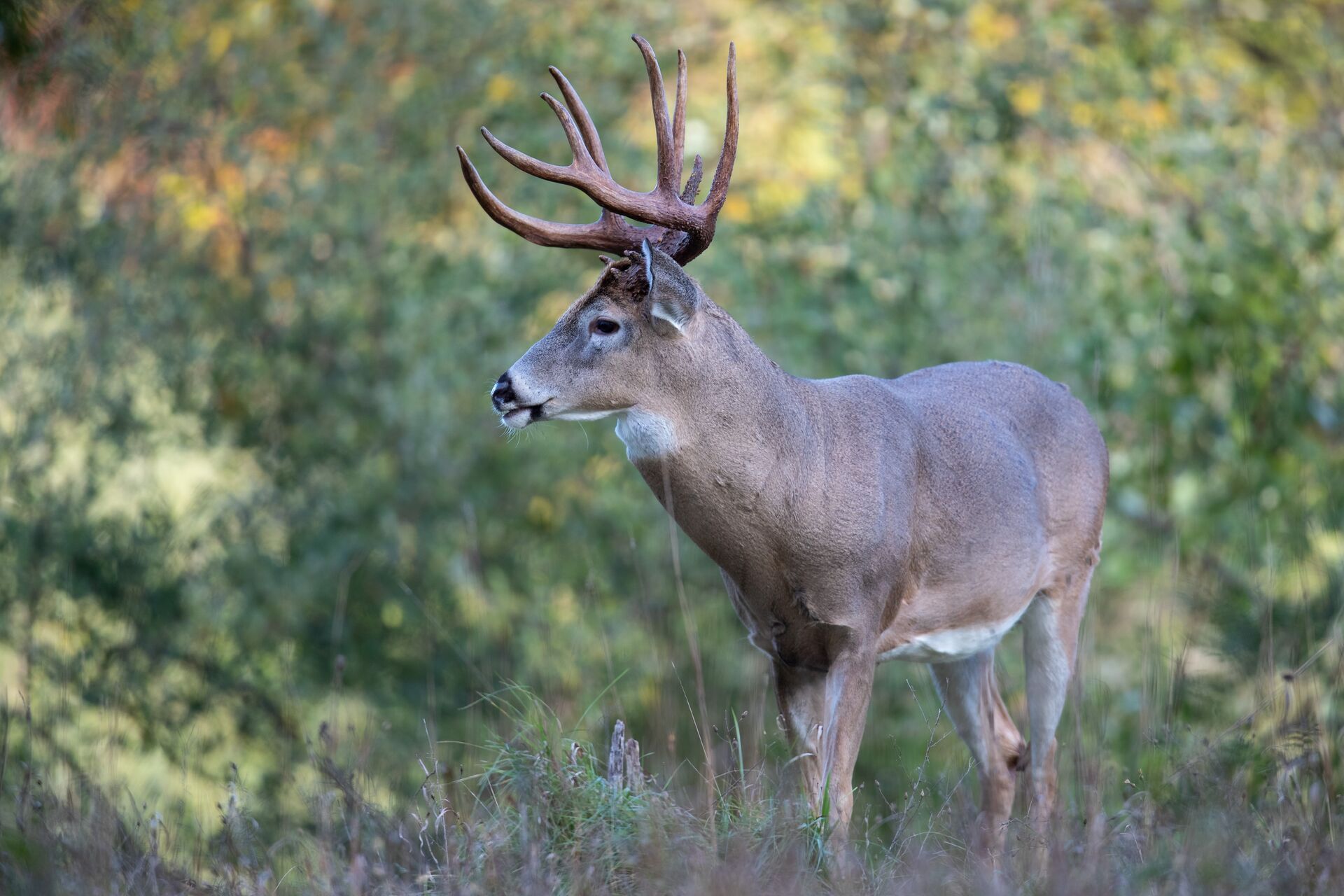
Types of Grunt Calls
Not all grunts are the same! Learning to recognize different grunts and what they mean can help you tremendously during a deer hunt.
The Contact Grunt
The very simple and basic first type of grunt that you, as a hunter, can use when calling to deer or that you may hear while in the deer woods is called a contact grunt.
This call is short in length, half a second to a second, and very nonthreatening among bucks. This call is usually used when bucks are traveling from one area to another that might be outside of his normal home range, later in the pre-rut and into the rut.
This grunt call will let other bucks know that he is in the area and is just an overall very broad and general call used by bucks. When using this call as a hunter, this would be your first and best bet at getting a buck's attention. Due to it being nonthreatening, you have a much lower risk of spooking a buck when making this call.
The Trailing Grunt
Another type of grunt that you will most likely hear a buck use is going to be called a trailing grunt. As the name states, it is when a buck is trailing a doe.
This call will usually be heard from the tail end of the pre-rut, through the rut, and into the early part of the post-rut as bucks are in search of the first hot does all the way through the last hot does.
The trailing grunt will be used in a sequence of 3-5 short grunts as a buck follows the trail of a doe in heat. If you hear this call being used by bucks in your area, you are right where you want to be! If a hot doe is in your area, she will bring bucks of all ages and sizes past your stand.
When making this call as a hunter, I generally will use it when blind calling, trying to get other bucks that might be close by fired up and wanting to come through my area in search of the doe that has recently been by. Of course, with blind calling, you won't always be able to call in a buck because there might not be one in the area that can hear you.
Still, if or when there is, this can be an exceptionally good call to use because bucks are always searching for a hot doe, and if he hears another buck making a trailing grunt, he knows there is a doe close by
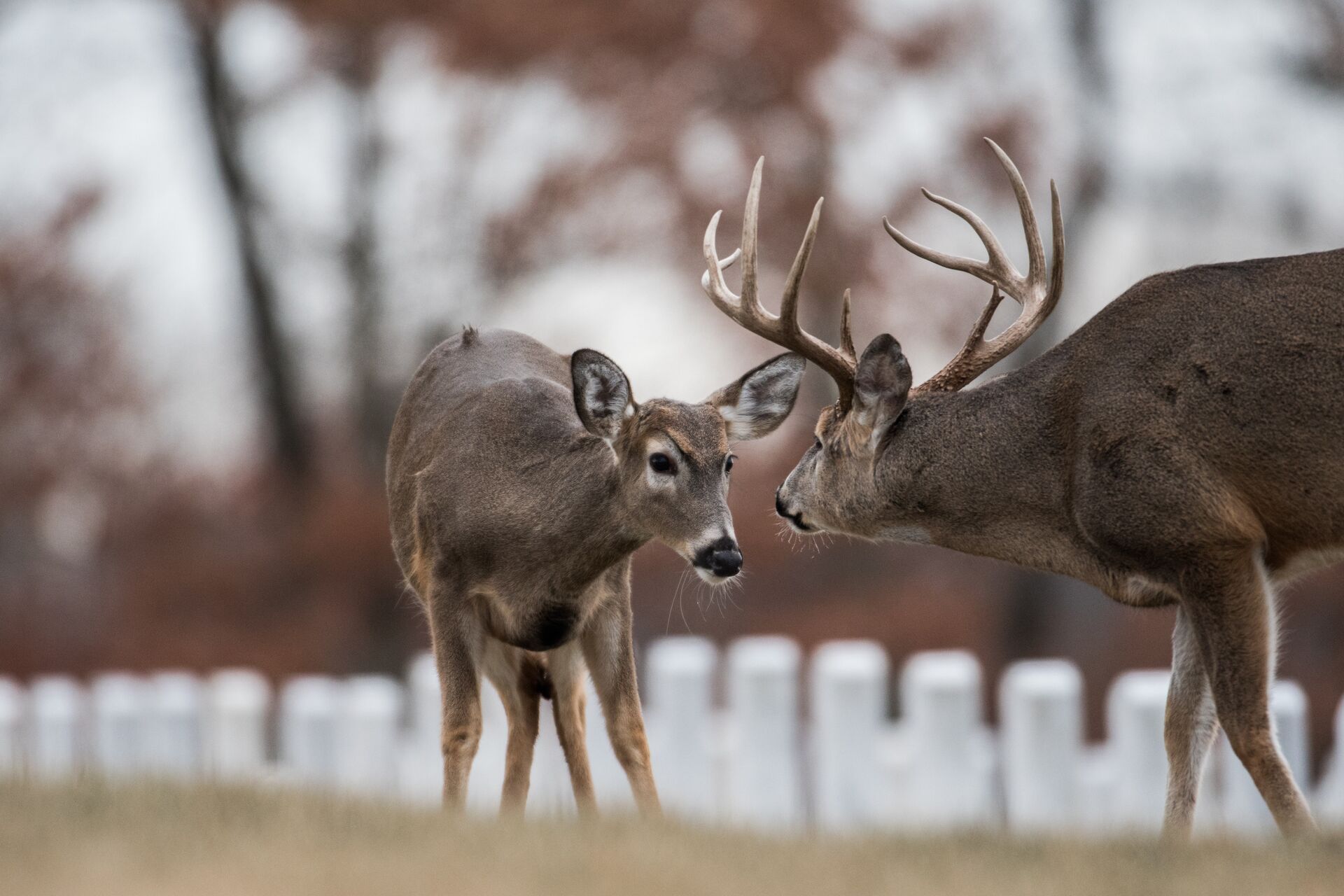
The Breeding or Tending Grunt
The final most common type of grunt call you may encounter is the breeding or tending grunt. This is a sound that bucks make when they are getting ready to breed a doe.
This grunt will be longer and more drawn out than a contact grunt or the multiple short grunts in a trailing grunt. A breeding grunt can last multiple seconds — three to five seconds if a younger buck is making it and up to seven-plus seconds if a more mature buck is in the area and making this call.
This is a call that I will not use until the peak of the rut when there are more does in heat and the breeding season is in full swing. When I use it, I am doing a blind call sequence where I would first make a doe bleat followed by the breeding grunt call.
This sequence tells other bucks in the area that there is a doe that is ready to be bread and can get them charging in to steal her away from another buck. I would use this call throughout the rut and into the very early stages of the post rut as fewer does are in heat, but bucks are still searching for those last few does.
Take Time to Learn and Practice These Calls
I would highly recommend any hunter take some time to learn these different types of grunt calls made by bucks throughout the season and be able to take this knowledge with them into the deer woods.
Many different brands and companies make grunt calls, and I have personally had success with multiple brands. They will each have their own unique sound to them, but you can create all of these common grunts with whichever brand you choose to go with.
The most common style will be a grunt tube, which will also be the most affordable. However, there are companies out there that make an electronic call. If you are unsure of your abilities to create these grunts yourself, this might be the route you choose to go because they will already be made for you. You just have to hit "play."
If you haven't already learned how to use a grunt call, go find one that fits your budget, practice making different sounds with it, and take it to the woods. Practice different calls on younger bucks or a buck you might not want to shoot and see how he reacts to you. This is the best practice before trying to call in Mr. Big!
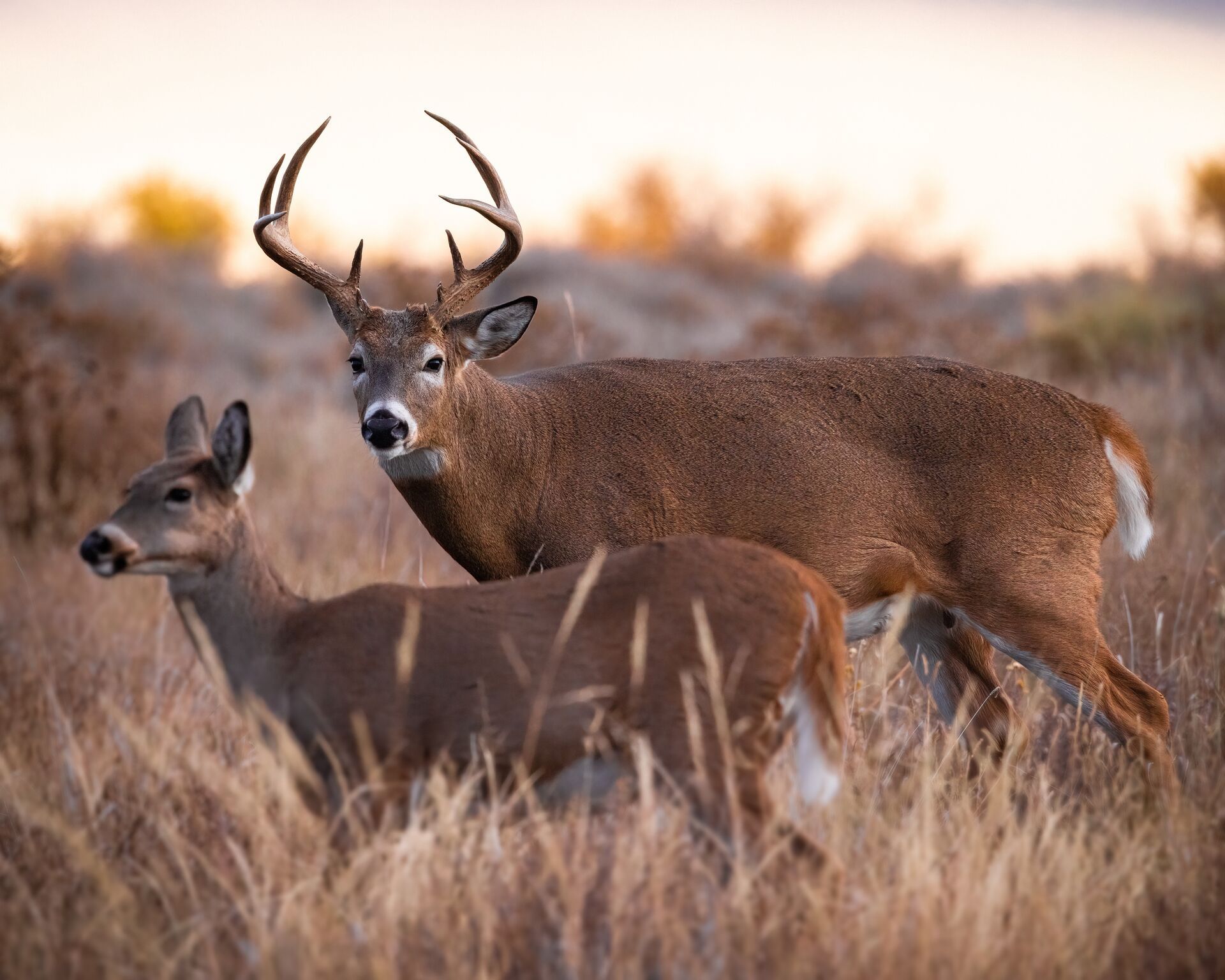
Use Deer Calls and HuntWise to Get That Big Buck This Season
Along with learning the grunt call and other deer calls, hunters can improve the chance of tagging out by using HuntWise before and while in the field.
Tracking deer movement is easier with the HuntWise algorithm, so you know when and where to be to hear and make deer calls that will bring those big bucks into your sights.
If you haven't tried HuntWise, you're missing out on 3-D mapping layers to help you scout, the ability to set hunt areas and place markers noting your stand placement, deer signs, buck sightings, and more. HuntWise also provides weather and wind forecasts so you know the best days to hunt and which direction to enter your hunt area so you don't get winded.
Using deer calls and HuntWise is a combination for success this season! Download the app and start exploring. First-time users get their first week free!
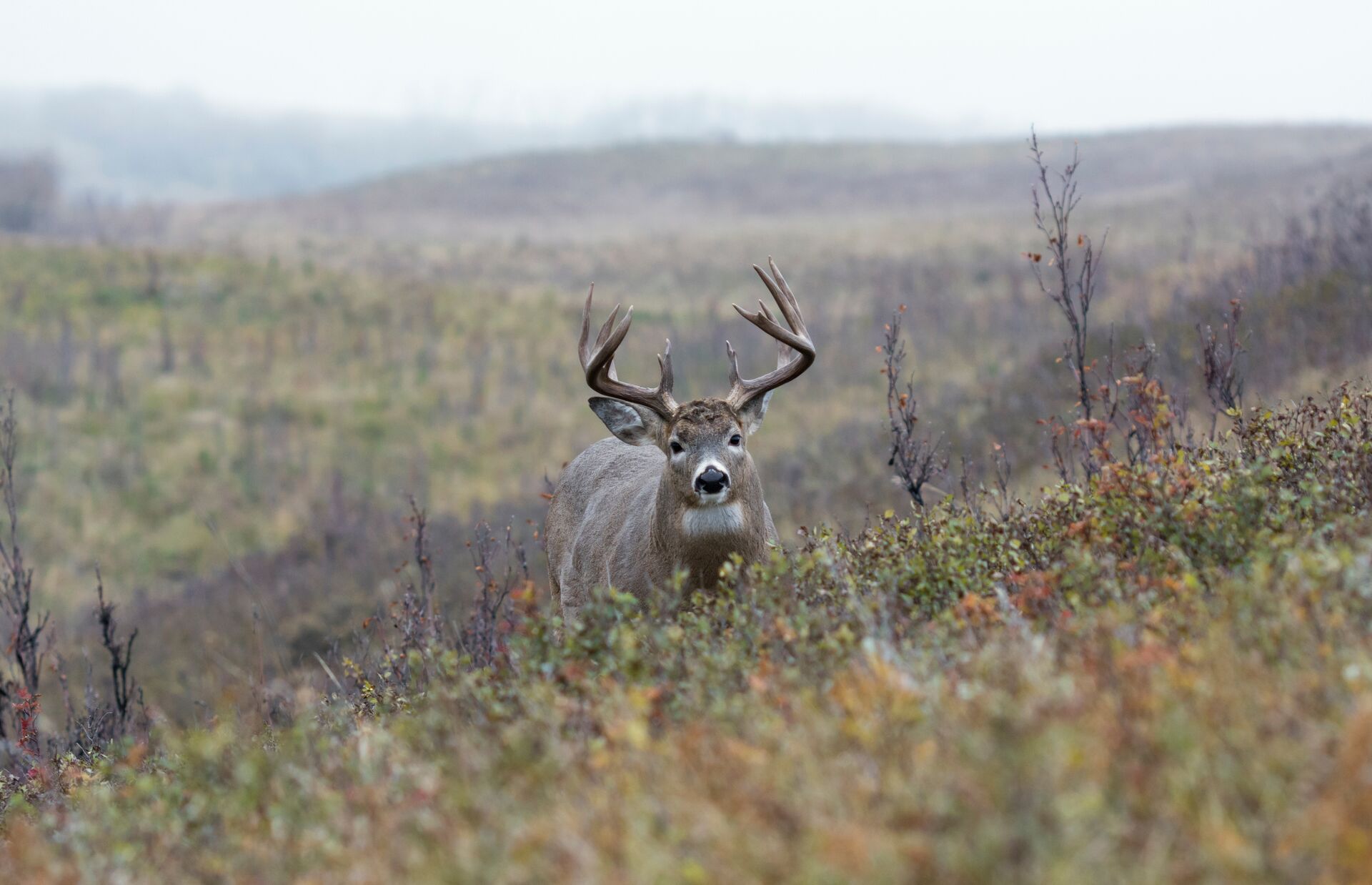
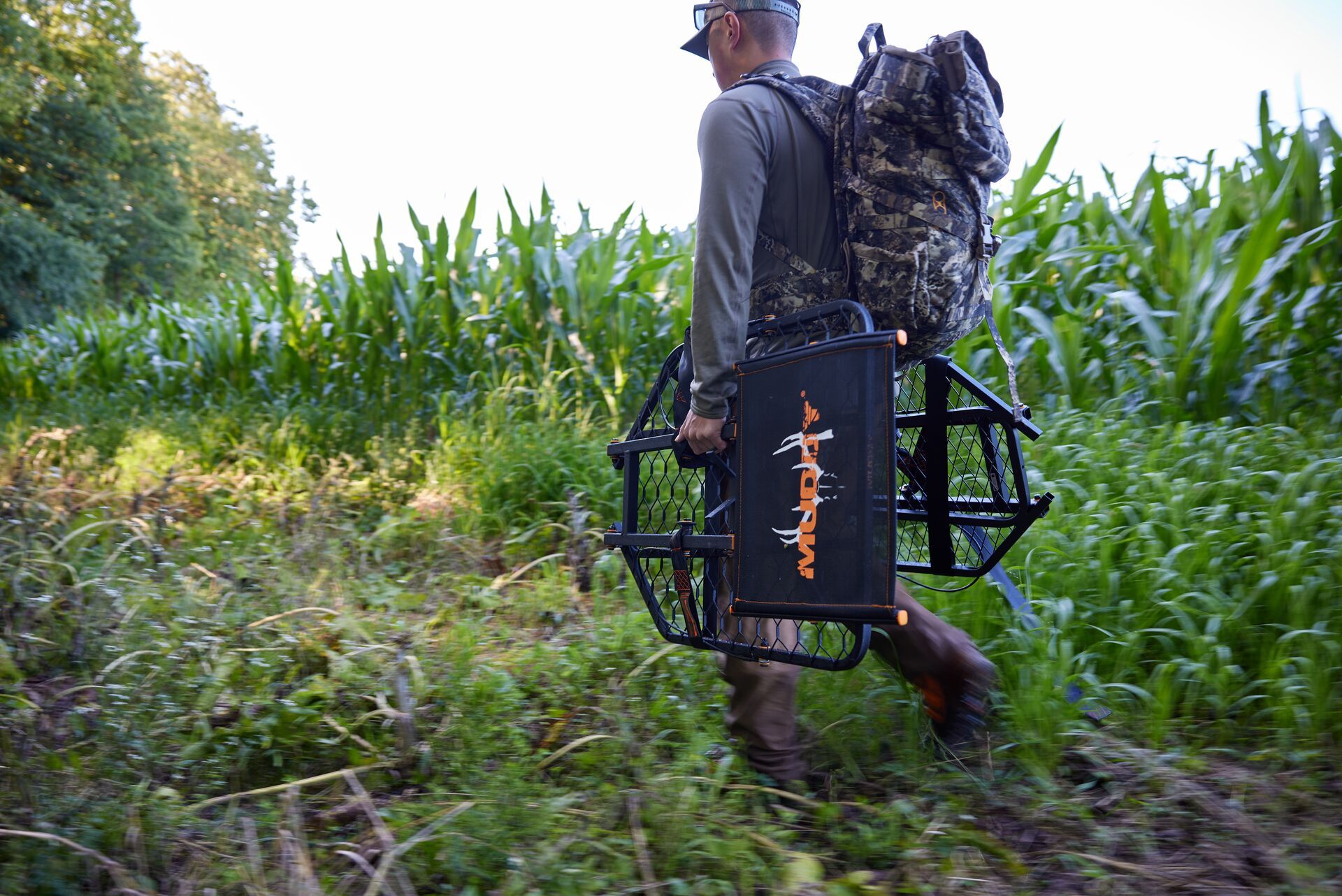
 Deer
Deer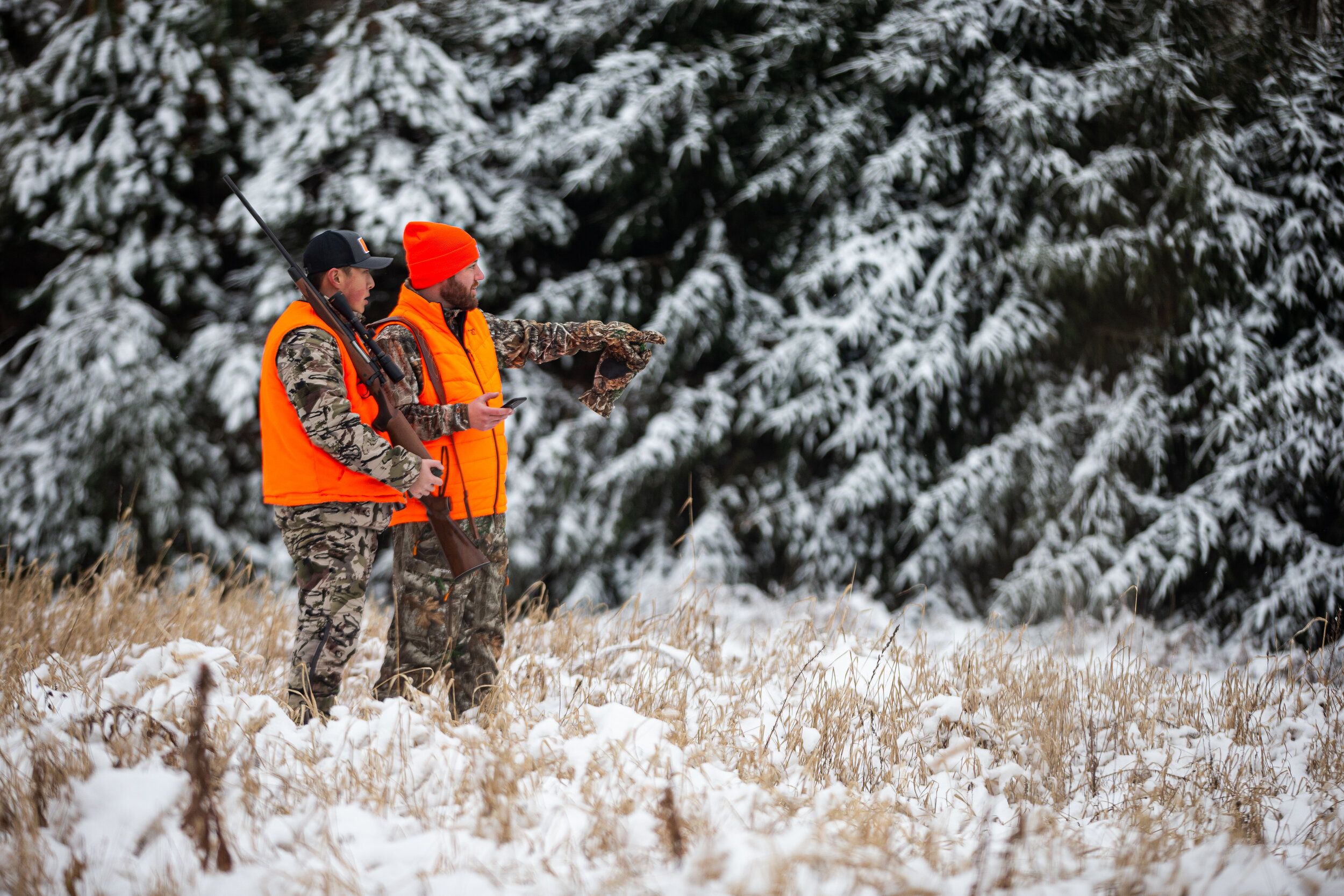 Deer
Deer Deer
Deer